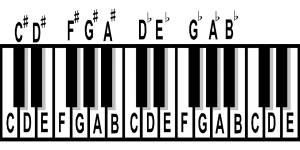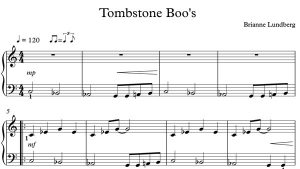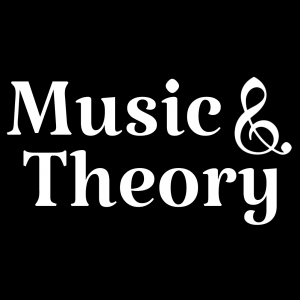As a piano teacher, I come across a lot of different methods for learning how to read music and learn note names and fingerings. Everyone seems to have a different idea of what’s best. Some think that it’s best to start by showing the notes moving up and down without a musical staff. Others think it’s important to use big-note sheet music because the typical small-sized notes are harder to see, and then introduce the smaller sized notes later. Some teachers believe in only introducing one new note at a time and changing up the rhythm so that it still sounds like a song. Some say it’s best to teach fingerings right away and teach note names later, while others teach note names and don’t teach fingerings at all.
Learn Note Names First
In my opinion, it is incredibly important to teach students the note names as early as possible. Learning fingerings (which fingers to use to play the notes) is also important, but even more important in my mind is the note names because fingerings can change while the note names do not. Middle C will always be Middle C. The quicker you learn to recognize that this note is an F or that note is a G and that they correspond to this or that piano key, the quicker you will memorize them and not have to stop to think about them when you’re reading music.
The Goal is Memorization
However, ultimately, learning to read music is about memorization. Whichever method you adopt in learning music, the goal is to memorize that “this” note is an A, “that” chord is a Cmaj, “those” notes are an Fmin arpeggio, and “this” run is an Emaj scale. I don’t remember the last time I had to stop and think, “Every Good Boy D– okay, that’s a D…” I just know where the notes are and what they look like. I want all my students to get to this point where they don’t have to stop and figure out each individual note but can read the music like words on a page.
Let’s run with this analogy of reading music like words on a page.
Learning to Read a Book is Like…
When you’re learning to read, you start by learning the letters. You learn what they sound like and how to recognize them on the page. You also learn that some letters can be said in different ways — the hard C vs the soft C, the long A vs the short A — but no matter how you say them, they’re still the same letter. It’s important to learn that letters can be said different ways, but too early on and you won’t get the letters straight, yet too late and it doesn’t really make sense. Then you learn how to sound out letters to form a word. Usually there’s some sort of crossover in this process where you might learn some words before you learn that this or that letter can be said different ways. Eventually, reading suddenly clicks and you figure all this out. You start to recognize whole words on sight until you can read full sentences, paragraphs, and pages without stopping to think about the letters.
…Learning to Read Music
This is how we should learn to read music. You start by learning the note names. You learn what they sound like and how to recognize them on the page and on the piano keyboard. You also learn that the note names can be played by different fingers — your thumb (1), your pinky (5) — but no matter which finger you use to play them, they’re still the same note. It’s important to learn the different fingerings, but too early on and you can’t get the note names straight, yet too late and it doesn’t really make sense. While most method books (including the method, exercise, and workbooks I use to teach piano) introduce fingerings right away, the books I use will take the fingerings away early on to ensure that the student doesn’t become dependent on them and learns the actual note names (which are more important).
To elaborate, many students who start by learning only to read the fingerings begin to think that “this note is my 1 finger” and not “this note is a C”. The problem with this is that “C” will never stop being “C”, while your “1 finger” could play “C” or “D” or “A” or any other note. On the other hand, students who only learn the note names and who never learn fingering begin to think, “What’s the point of fingering?” (Piano fingering is actually incredibly important, but that’s a subject for a different post.) The best method is to teach them concurrently like you teach reading, but focus on what’s most important — the note names, or the letters themselves. Where you learn some words before you learn different pronunciations for the letters, you learn some note names before you learn that you can play them with different fingers.
Continuing with our analogy – you start by learning note names, what they sound like and look like, and that different fingers can play them. Then you start to learn how different notes, when played together, form a pair or a “chord” that you can recognize like a word. Eventually, reading music suddenly clicks and you figure it all out. You start to recognize notes and chords and phrases on the spot until you can play full lines and pages of music without stopping to think about the note names.
Eventually, It’s All Memorization!
Just like reading music, pretty much all of reading becomes memorization — you’ve seen all these words before and know what they look like and how to say them. The only time you have to stop and think about it is when you see a word you’ve never seen before. In fact, stopping to think about the letters can be a little weird (why is “pie” spelled p-i-e and pronounced that way?). I hope that all my piano students will one day get to the point where they no longer need “F-A-C-E” and “Every Good Boy Deserves Fudge” and instead have memorized the notes just like they’ve memorized words.



